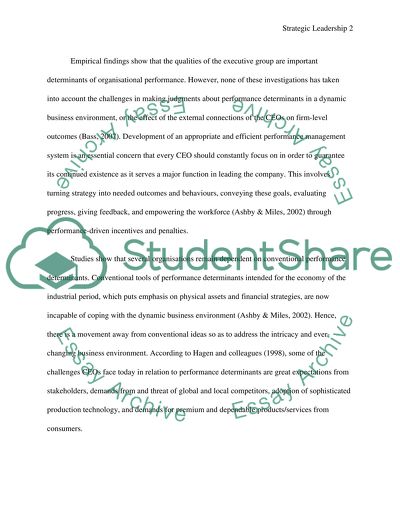STRATEGIC LEADERSHIP BY EXECUTIVES Case Study Example | Topics and Well Written Essays - 500 words. Retrieved from https://studentshare.org/miscellaneous/1578774-strategic-leadership-by-executives
STRATEGIC LEADERSHIP BY EXECUTIVES Case Study Example | Topics and Well Written Essays - 500 Words. https://studentshare.org/miscellaneous/1578774-strategic-leadership-by-executives.


